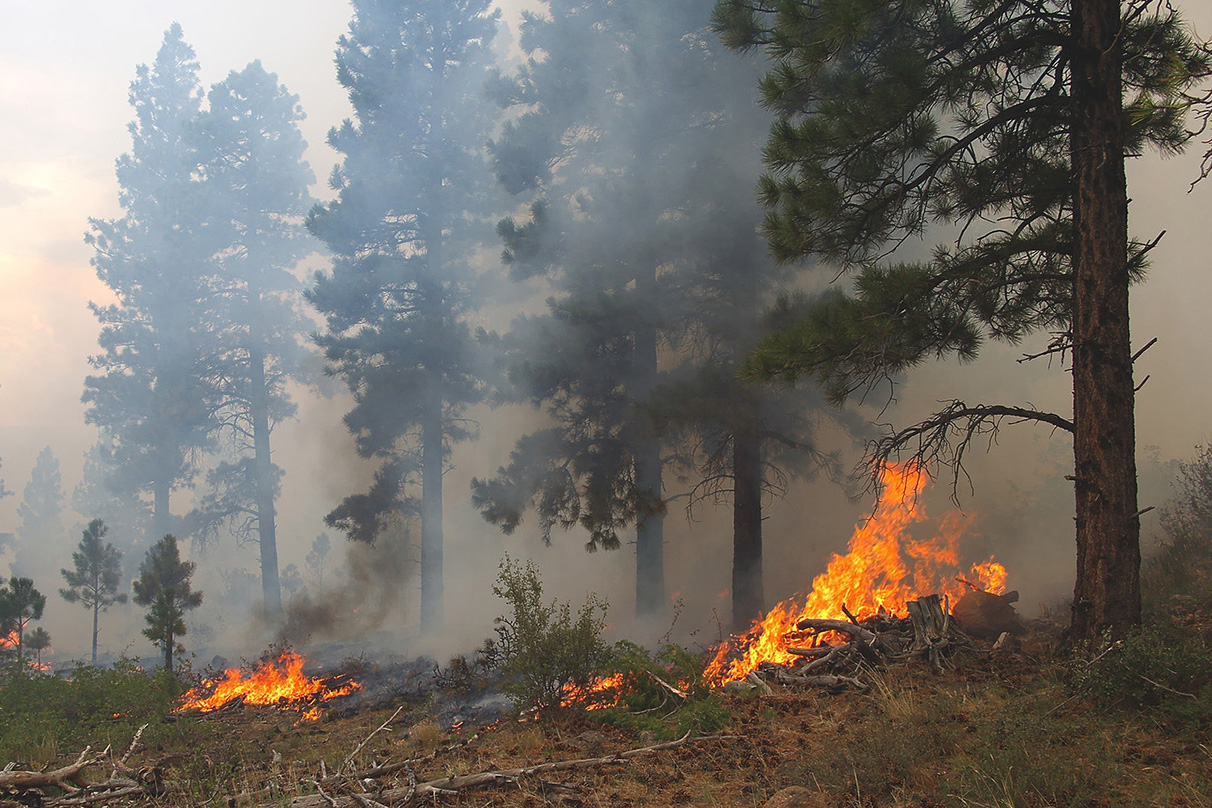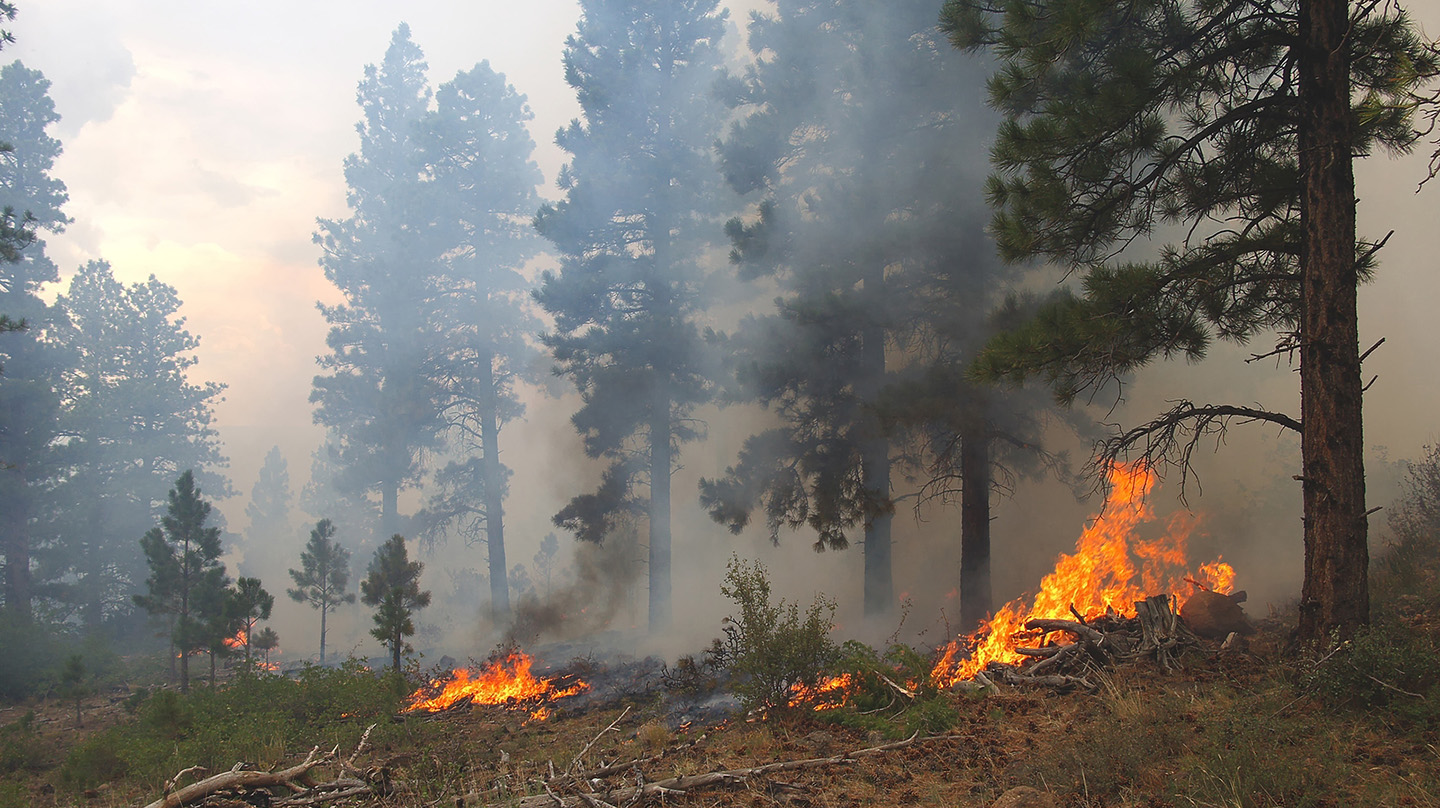Our Contribution
Severe wildfires are on the rise around the world—as are the smoke-borne contaminants that harm human health. The side effects from this pollution range from irritating to deadly. In 2023, smoke from the Canadian wildfires drifted as far as Portugal and Spain, and set off air quality alerts in cities across the United States and Canada as it inflicted stinging eyes, stuffy noses, and labored breathing on millions of people. The National Institutes of Health estimates that all air pollution is responsible for 6.5 million deaths every year globally. To better understand where smoke pollutants will travel and when, researchers at APL, the National Oceanic and Atmospheric Administration (NOAA), and NASA are leveraging artificial intelligence (AI) to emulate atmospheric models. This family of APL projects will ultimately help forecasters deliver earlier, higher-resolution, and more accurate predictions of the movements and evolution of air quality threats, like wildfires.





